Atlantic salmon (GlobalGAP)
Atlantic Ocean, northeast (FAO 27)
Deelgebieden: Faroe Islands
Cages (aquaculture)
- Jan
- Feb
- Mar
- Apr
- May
- Jun
- Jul
- Aug
- Sep
- Oct
- Nov
- Dec
There are many species that belong to the Salmonids or (Protacanthopterygii). Did you know trouts, smelts, and even pikes belong to the Salmon family? Salmonids occur in either salt and freshwater. Most species are well-specialized predators and live in temperate climate zones. Salmonids are ray-finned fishes and can be distinguished by the ‘fat-fin’ between the backfin and tail. They do not have spikes and the pelvic and pectoral fin are separated.
Salmonids are sold farmed and wildcaught. Wildcaught salmon comes from the Pacific. Almost all Atlantic salmon on sold is farmed. Since the 90s the farming of salmon increased dramatically. Norway, chile, Scotland, Canada and the Faroe islands are important farming countries for salmon. In both, wild-caught and farmed salmon problems in sustainability are prevalent.
The Atlantic salmon reaches average lengths of 71 to 76 cm and weights of 3.6 to 5.5 kg. Salmon are so called anadromous fish. This means that they are born is freshwater and then migrate to sea to become mature. After 1 to 4 years, the mature fish return to freshwater to reproduce. The female Atlantic salmon do not always die after reproduction but can do this multiple times. This species has gone extinct in many regions. Besides reasons such as pollution and the construction of dams, sluices and weirs, this species has been overfished. Re-introduction programs are being carried out and dams, sluices and weirs are being removed to introduce the Atlantic salmon back into our waterways. Atlantic salmon is currently being farmed on quite a large scale.
Atlantic Ocean, northeast (FAO 27)
Deelgebieden: Faroe Islands
Cages (aquaculture)
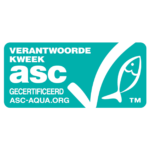
Fish with the ASC label is farmed in a sustainable manner.
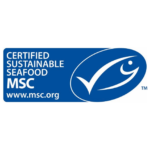
Fish with the MSC label is caught sustainably.
This fish is not being overfished or is being responsibly farmed, with minimal impact on the environment.
This fish is a second choice. There are still some improvements to be made in this fishery or fish farm.
Do not buy this fish. It's being overfished or the way it's farmed or caught has a negative impact on the environment.
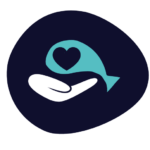
There is fish available of this species that is farmed or caught using high welfare standards.
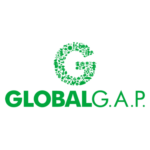
GlobalG.A.P. certified farms are doing a step in the right direction in terms of sustainability. A few species with this label are getting a better score on the VISwijzer.
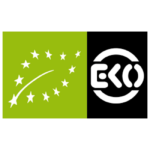
Organic standards are the strictest when it comes to fish feed. They also require certain measures for animal well-being.